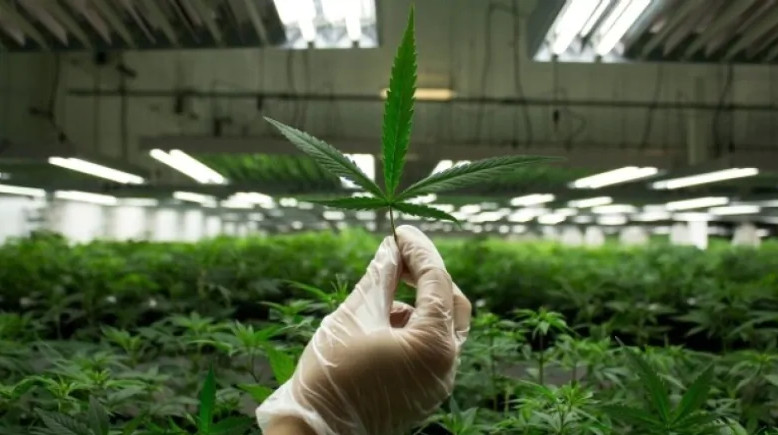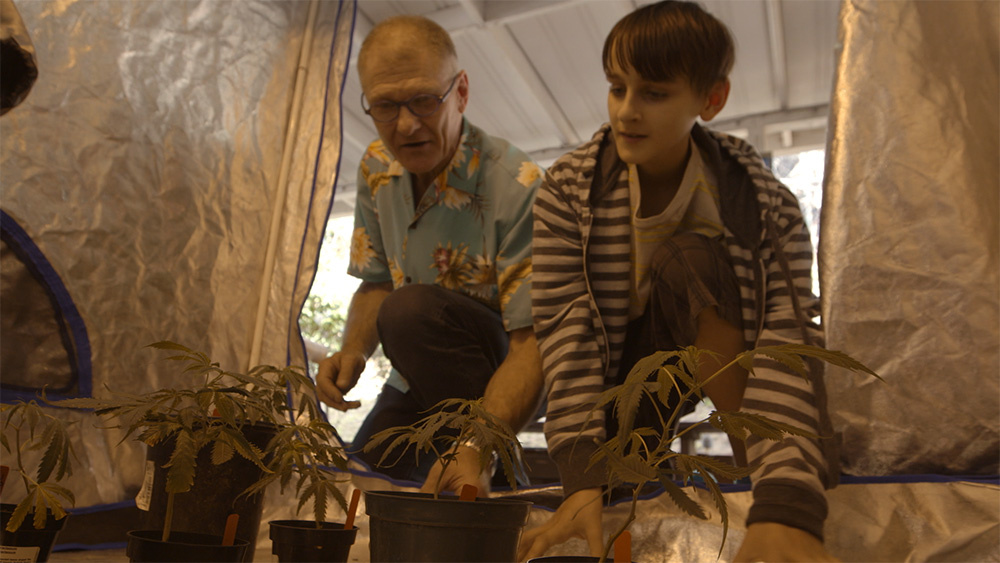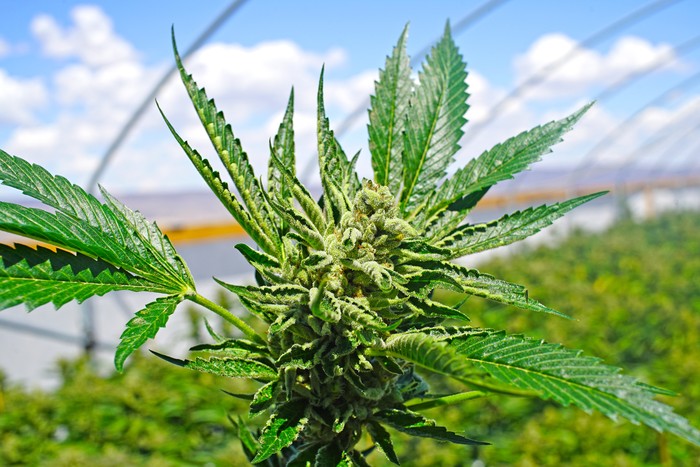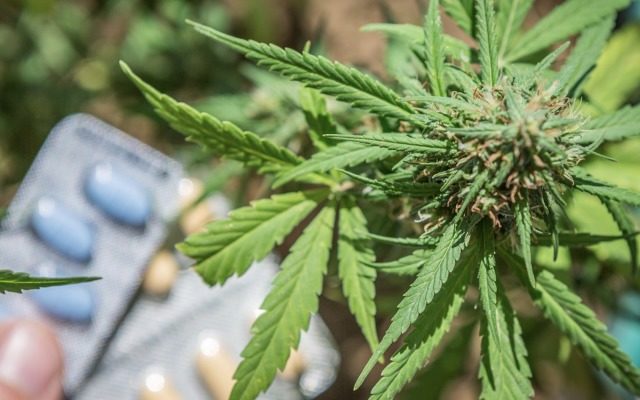Truth be told, there aren’t many industries in North America growing as quickly, or consistently, as legal marijuana. ArcView, one of the leading authorities in cannabis industry analysis, has estimated that legal weed sales in North America could grow by 26% per year through 2021. If this prediction comes true, the North American pot industry would be worth close to $22 billion by 2021, up from $6.9 billion in 2016. Growth like this makes it tough for investors to turn away, which is a big reason why marijuana stocks have doubled or tripled in value over the past year.
This sales growth is a result of two factors. First, we have ongoing expansion throughout North America, including the legalization of medical cannabis in Mexico this past June, the green light for recreational sales in eight U.S. states since Nov. 2012, and the expected passage of legislation designed to legalize adult-use weed sales in Canada by July 1, 2018.
Secondly, we’re witnessing a definitive shift in the way the public views pot. What was once a taboo topic discussed by few people, is now something even politicians are discussing on the campaign trial. National pollster Gallup found that almost two-thirds of polled Americans in October 2017 favored the idea of legalizing marijuana across the country, up from just 25% back in 1995.

But this growth in North America isn’t being led by the United States. It’s our neighbor to the north, Canada, which has absolutely run circles around the U.S. pot industry. Here are four ways that Canada is setting the “green standard” when it comes to growth in the legal weed industry.
1. Medical marijuana is legal in Canada, and has been for a long time
We can certainly start off with the basics: medical cannabis is perfectly legal in Canada, and it isn’t in the United States. Canada legalized medical weed all the way back in 2001; however, it wasn’t until the past couple of years that we’ve witnessed the industry really take off under the oversight of Health Canada, the regulatory agency that’s the equivalent of the U.S. Department of Health and Human Services.
According to Health Canada, the number of eligible medical enrollees was increasing by 10% a month as of May 2017. Health Canada has been responsible for approving growing licenses and ensuring that demand and supply have remained somewhat balanced.
What’s more, medical cannabis alone has been enough to push some Canadian marijuana stocks into the black. Both MedReleaf(NASDAQOTH:MEDFF) and Aphria (NASDAQOTH:APHQF) have been profitable in each of the past two years solely on the basis of their medical cannabis sales. No U.S. pot stock has been able to generate anything in the way of consistent profits.
2. A progressive parliament fosters an expansive environment
Second, we can’t overlook the political differences between the Canadian federal government and that of the United States.
In Canada, progressives currently maintain a majority of seats in parliament — and surveys have shown that most left-leaning lawmakers support the expansion of medical and/or recreational marijuana. Despite concerns raised by conservative members of parliament regarding the recreational weed legislation introduced by Prime Minister Justin Trudeau in April 2017, these conservatives have little recourse to slow the bill at this point.
By comparison, Republicans currently control the legislative branch of the government in the U.S., and the latest Gallup poll shows just 51% support the nationwide legalization of weed. This is technically still within the margin of error to be below 50%.
Furthermore, the U.S. marijuana industry gets to deal with Attorney General Jeff Sessions, who is bent on reinstituting federal law and prosecuting medical cannabis businesses.

The way Canada is approaching its recreational legalization with regard to taxation is also very different relative to how legal states in the U.S. tax cannabis products.
Canada recently introduced a $0.78-per-gram tax on marijuana sales of up to $7.80 a gram, with a flat 10% tax on more expensive marijuana. This proposal implies a lower tax rate on marijuana than for alcohol in Canada. Trudeau firmly believes that the only way to drive black-market growers out and ensure that legal channels prevail is to be as price-competitive as possible. Setting tax rates relatively low, and ensuring that provinces responsible for the front-line regulation of the weed industry get a sizable chunk of that tax revenue, should allow recreational weed to thrive.
Meanwhile, U.S. states tend to be heavily reliant on the excise tax revenue created by recreational marijuana sales to help fill budget gaps. This reliance can sometimes make it difficult for legal weed to compete against black-market cannabis. For example, some locales in California could pass along a nearly 45% tax to retail pot consumers.
This dichotomy in taxation is an under-the-radar, but huge, reason the Canadian market has a better chance of long-term success.
4. Canada’s weed industry is dominated by a handful of major players
Last, but not least, the composition of the Canadian marijuana industry allows it to be considerably more successful than the U.S. cannabis industry.
In Canada, a handful of major players may wind up controlling half of the medical and recreational weed market. This includes Canopy Growth Corp. (NASDAQOTH:TWMJF), which may gobble up 15% to 20% of the aggregate demand, along with Aphria, MedReleaf, and Aurora Cannabis (NASDAQOTH:ACBFF), which could all control between a high single-digit percentage and mid-double-digit percentage of market share.
The “bigger is better” model tends to work well in the Canadian marijuana industry because it allows for lower growing costs, easier access to capital needed to expand growing capacity, and a more visible brand presence. Plus, bigger pot stocks like Canopy Growth and Aphria are able to throw their weight around and potentially push smaller players out of the market, which can lead to hefty profits for the company and investors.
In the U.S., the marijuana market is highly fragmented. There are few, if any, major players. Instead, mom-and-pop dispensaries and growers tend to dominate, which leads to inconsistent pricing and potentially high growing costs. This makes it even more difficult for U.S.-based pot companies to be competitive on price with the black market.
No matter how you look at it, Canada’s marijuana industry has absolutely schooled pot companies in the United States, and I doubt that changes anytime soon.















